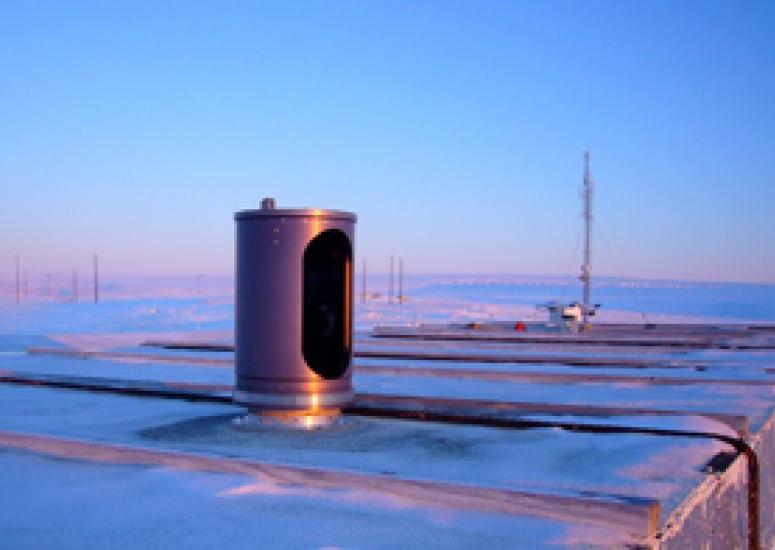-

Explore Wild Earth Saturday at NCAR
Kick off Earth Day celebrations an NCAR with Wild Earth Saturday on April 16. Free family fun from 10:00 a.m. to 4:00 p.m.
- Education + Outreach
-

Climate change poses major risks for unprepared cities
Cities worldwide are failing to take necessary steps to protect their residents from the likely impacts of climate change.
-
The inner lives of red giant stars
An international team of astronomers that includes NCAR’s Savita Mathur has observed mixed waves—a mixture of acoustic and gravity waves—that run all the way to the cores of red giant stars. Astronomers already knew that such waves (known as stellar oscillations) existed, but until now had only observed pure acoustic waves traveling through the outer parts of stars.
- Sun + Space Weather
-

A cloud to remember—and a mystery to solve
A finely textured cloud leads to an informal investigation and a lively scientific debate over how it formed.
- Education + Outreach
-

Cold vortex puts a northern spin on ozone loss
The return of sunlight in polar spring means ozone destruction above the Antarctic—and, in 2011, above the Arctic.
- Air Quality

